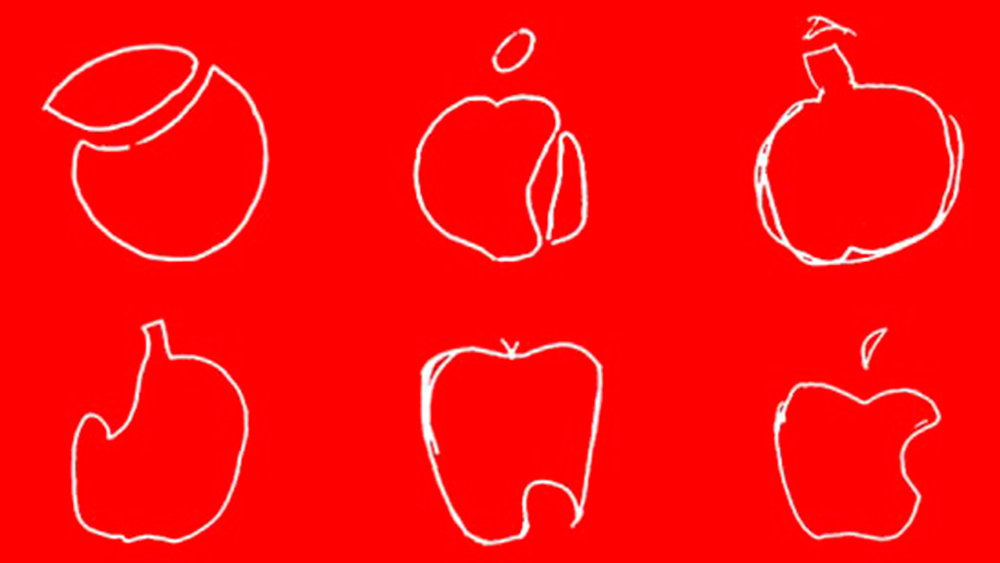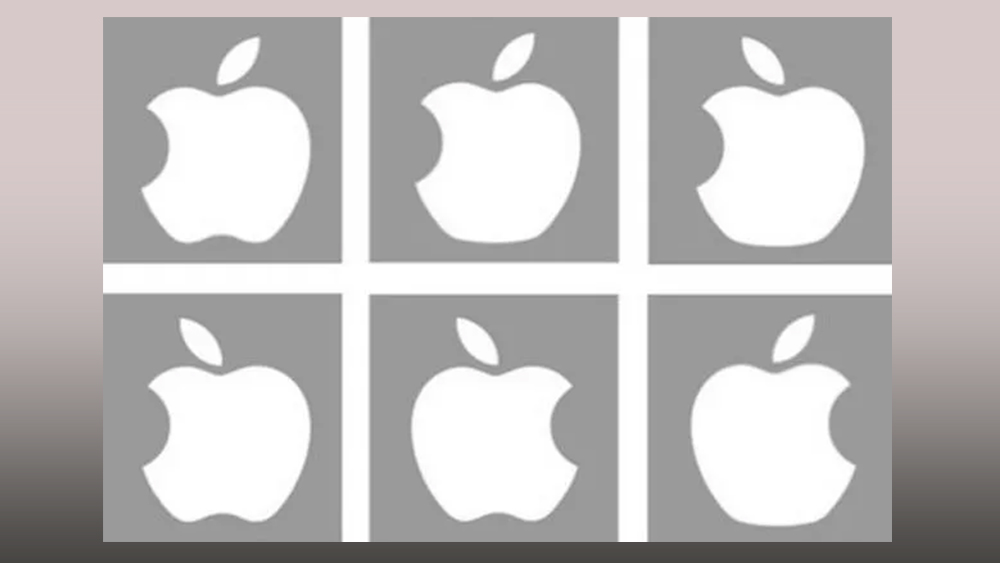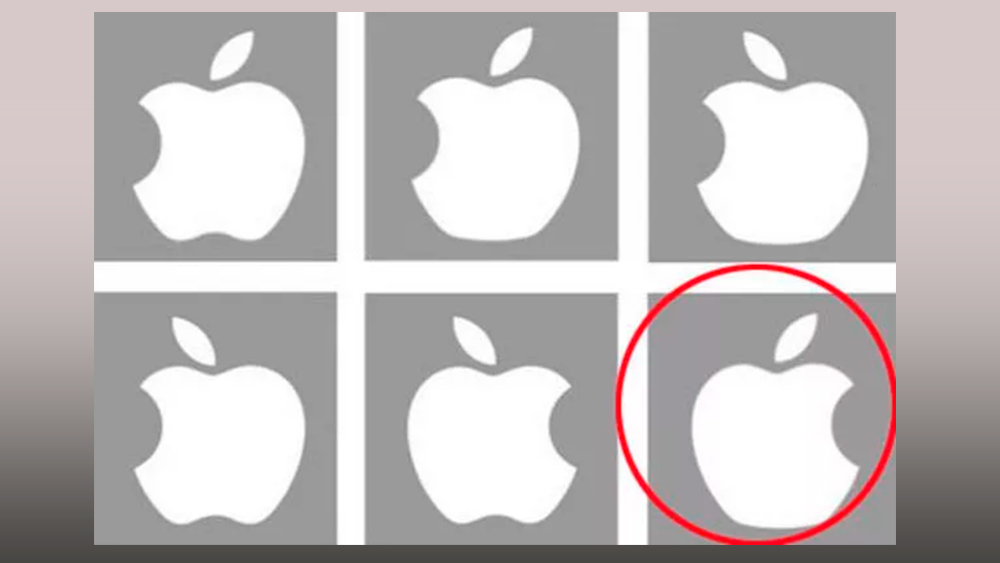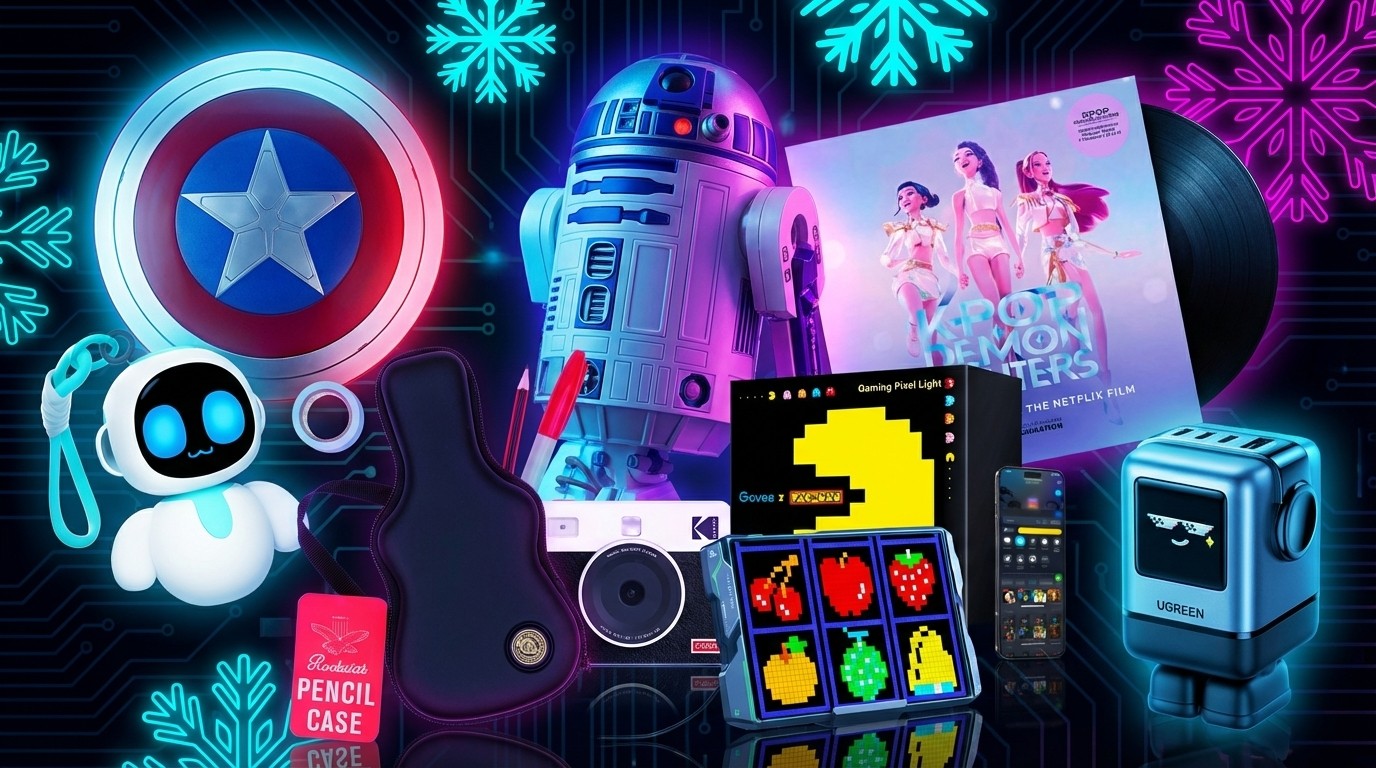People are very bad at drawing the Apple logo from memory
The Apple logo is one of the most recognised corporate marks in the world, and part of that success is due to its eminent simplicity. But it turns out that being simple doesn't necessarily mean that people can recall the details of the design.
A survey has found that only 1 per cent of people can accurately draw from memory mark that we have rated as one of the best logos of all time. What hope do other brands have?

The Apple logo might seem almost impossible to get wrong. Even if you don't have any Apple products, you have surely seen the logo thousands of times. It's simply an apple with a bite missing from it. But it turns out that people struggle to recall the design when asked to draw the Apple logo from memory or to pick it out from a line up.
In a study published in the Quarterly Journal of Experimental Psychology, 85 undergraduate students at the University of California (UCLA) were asked to draw the logo from memory on a blank piece of paper. Only one could do so accurately, and some of the attempts were way off the mark (see the examples above).
Moreover, fewer than half of the students could identify the correct logo when they were then shown several variations (see the images below to check how well you would do). All but ten of the participants were Apple users, but no difference in results was found between Apple users and non-Apple users.


Alan Castel, an associate professor of psychology at UCLA and senior author of the study, said: "People had trouble picking out the correct logo even when it was right in front of them." He added that there was a "striking discrepancy between participants’ confidence prior to drawing the logo and how well they performed on the task," noting that people’s memories "even for extremely common objects, is much poorer than they believe it to be.”
The researchers suggest that although we see the logo so frequently, our brains may have learned that it's not important to remember the details. "An efficient memory system does not need to store the details of a corporate logo, except perhaps to distinguish counterfeit products," they concluded. Earlier studies have shown that people have a poor memory for other items they encounter daily.
Daily design news, reviews, how-tos and more, as picked by the editors.
So is there any point spending so much time choosing the right logo design if people won't remember it? I would say most certainly there is. We've seen several studies like this that have attempted to test the memorability of logos by asking participants to choose the correct design or draw a design from memory – a recent example comparing car brands also found a low recall of details. But a focus on the details doesn't tell us about recognition: you don't need to be able to reproduce an exact design to recognise it when you see it or even to picture an idea of it when you think of a brand.
Such studies do, however, tend to back up the argument that simpler logo designs are more memorable. In the recent study of car logos, those that were most accurately recalled were those with fewer intricate details. See our guide to how to design a logo for advice.

Joe is a regular freelance journalist and editor at Creative Bloq. He writes news, features and buying guides and keeps track of the best equipment and software for creatives, from video editing programs to monitors and accessories. A veteran news writer and photographer, he now works as a project manager at the London and Buenos Aires-based design, production and branding agency Hermana Creatives. There he manages a team of designers, photographers and video editors who specialise in producing visual content and design assets for the hospitality sector. He also dances Argentine tango.
